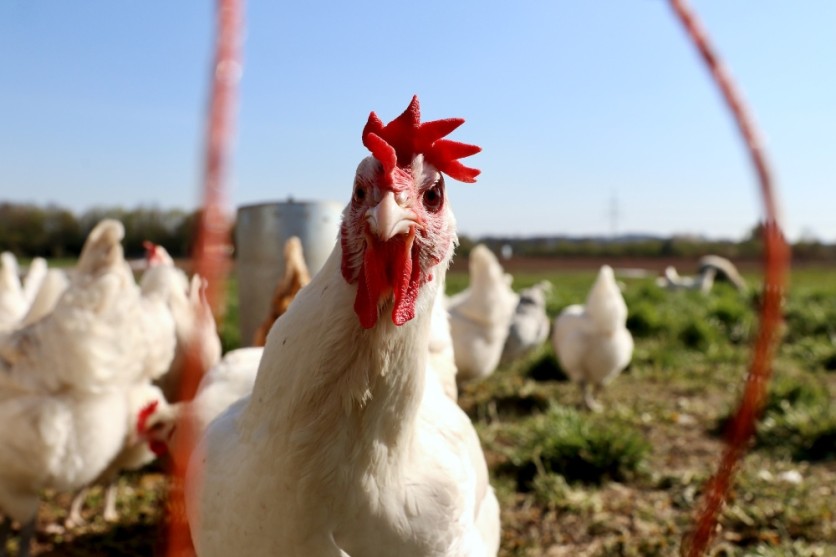
Scientists have taken a significant step towards creating poultry that can resist the relentless threat of bird flu.
Employing cutting-edge gene-editing techniques, researchers from the University of Edinburgh, Imperial College London, and the Pirbright Institute have successfully modified the chickens' DNA to limit the bird flu virus spread within these birds, a report shared by Phys.org tells us.
This research has opened the door to a potential game-changer in the fight against one of the world's most costly animal diseases.
Pushing Back Bird Flu with Gene-Editing
Bird flu, or avian influenza, has been a persistent global menace, wreaking havoc on both farmed and wild bird populations.
In the UK alone, the current H5N1 bird flu outbreak has had devastating consequences, decimating seabird populations and costing the poultry industry more than £100 million in losses.
Additionally, in rare instances, bird flu mutations enable it to infect humans, leading to severe illness. The urgency to combat the spread of this disease cannot be overstated.
Editing Chicken DNA
The researchers focused on a key protein called ANP32A, which the bird flu virus depends on for replication within chicken hosts.
Using the revolutionary CRISPR/Cas9 gene-editing tool, they made precise alterations to the ANP32A protein. Changing two critical amino acids in this protein made it challenging for the virus to interact with it. The results were nothing short of remarkable.
When the gene-edited chickens were exposed to the bird flu virus, 90% remained uninfected-this level of success points to the incredible potential of genetic modification in creating resistance to the virus.
However, as with any scientific endeavor, the story had intriguing twists.
Interesting Findings
In a notable twist, the virus managed to circumvent the modified ANP32A protein when exposed to a higher dose of the virus.
The virus proved remarkably adaptable, enlisting the support of two related proteins, ANP32B and ANP32E, to continue its replication within the gene-edited chickens.
This observation underscores the complexity of the virus and the need for further genetic modifications to achieve complete and long-lasting resistance.
Moreover, the researchers discovered that the virus could even infect chicken embryos with the ANP32A gene completely removed.
In these cases, the virus turned to other similar proteins within the chickens to aid its replication. This revelation highlights the virus's relentless quest for survival and researchers' challenges in developing comprehensive resistance.
Chickens Immune from Bird Flu
To achieve complete immunity, the research team intends to target additional sections of DNA responsible for producing all three proteins-ANP32A, ANP32B, and ANP32E.
While no gene-edited chickens with these modifications have been produced yet, this step represents a crucial milestone in the quest for bird flu resistance.
Professor Mike McGrew, the study's principal investigator from the University of Edinburgh's Roslin Institute, commented on the potential of this research, saying, "Our work shows that stopping the spread of avian influenza in chickens will need several simultaneous genetic changes."
This approach promises permanent disease resistance that can be passed down through generations, protecting poultry and reducing risks for humans and wild birds.
Stay posted here at Tech Times.
Related Article : 30 Years After 'Jurassic Park' First Hit Movie Theaters, Is Genetic Engineering Catching Up?

ⓒ 2025 TECHTIMES.com All rights reserved. Do not reproduce without permission.




